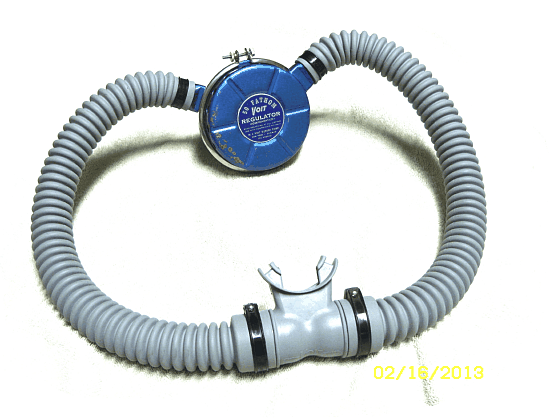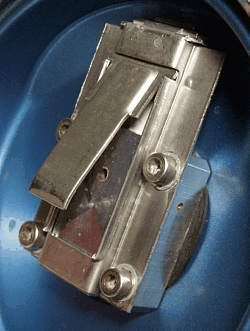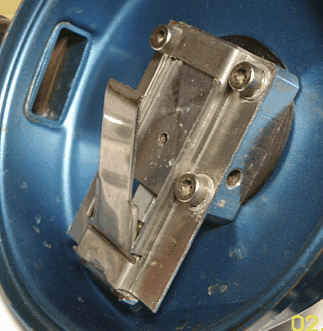Ready to Dive...

- Greg, I took all of your advice and it is working beautifully! I did not disassemble and disturb the seat. Just positioned the big orifice to point down the hose. Did the c-clip trick so I can confirm the orifice direction. Checked the lever... It was already set the way you advised. Installed a new Voit gray silicone diaphragm from The Scuba Museum. New Duckbill... Blew some Talc into the duckbill like Basic Scuba sugggests. Installed new gray hoses, mouthpiece, and wagon wheel valves.
- I hooked it up to 300 psi and it breathes fine... Hooked it up to 2000 psi and I could hear a slight hissing leak. It breathed great, though. Hooked it to another tank I thought was 2,000 psi and the leak stopped. The tank was 2250 psi and the reg breathed great at that pressure, too.
- After reading in Basic Scuba how a tank with too high of pressure might cause the Downstream seat to leak, I tried it on a 2700 psi tank. Gently turned on the valve and it sealed fine. Test breathed it and it breathed fine.
- Bryan, that Basic Scuba book is like an encyclopedia of regulators... Wow. The description of the functions and then the trouble shooting tips reveal an awful lot.
- I'm very pleased with this regulator. Thank you Greg and Bryan for all your help.
- PS... I just got it to free flow on that 2700 psi tank... Geez! It stops immediately with resistance. I did it a couple more times. A quick breath as you take your mouth away can get it going but it stops by either thumbing over the mouthpiece hole or breathing against it. Just like when a DH mouthpiece is above the can in the water.
- PPSS I just got it to free flow with a 2250 PSI tank, too. Just a quick breath as you take your mouth away gets it going.
- PPPSSS I just did the same thing with my super tuned Phoenix HPR... Cripes, is this 50 Fathom breathing as easy as my Phoenix!??


-- Final PS I got it to free flow on a 1000 psi tank, too. You have to TRY to get it to free flow and you can't do it if you keep the mouthpiecce in your mouth.. Otherwise it just breathes normally and easily.







